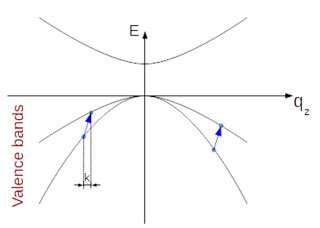Figure 1: Linear photon-drag effect, Gibson model.
A team of researchers at the U.S. National Institute for Standards and Technology has found that electron current flow direction produced by the photon-drag effect is dependent on the environment in which a metal is sitting. In their paper published in Physical Review Letters, the group describes experiments they conducted with polarized light striking a gold film and what they learned.
Past research efforts have shown that when photons strike a metal at an angle, their momentum is conserved as it is given to free electrons from the metal surface. This results in the free electrons being pushed forward, creating an electric current. This is known as the photon-drag effect, and it has been put to use in many modern applications. But recently, research has shown that the electrons in such a situation do not always flow as expected. To find out why, the researchers carried out some very simple experiments.
The first experiment consisted of setting up a gold film inside of a vacuum chamber with an electrode attached to it at one end. The researchers fired polarized light at the film at an angle and read voltage readings off the electrode. They noted that current began flowing in the metal just as the theories regarding the photon-drag effect suggested. There was a problem, however—the current flowed in the wrong direction. Instead of pushing the electrons forward, the light was pulling them backward. Slightly confused by their results, the researchers set up the same apparatus in a non-vacuum environment and ran the experiment again. This time, the voltage flowed forward, as prior research had shown it would.
The researchers suggest their findings show that electron flow direction from the photon-drag effect is wholly dependent on the environment around the metal. They freely acknowledge that they do not know why the electrons flowed backward, but hazard a guess—the flow direction may be impacted by core electrons that are bound to metal ions. They also note that their findings will have to be more fully explored because their observations have demonstrated that there are still gaps in understanding how light and metals interact.
More information: Jared H. Strait et al. Revisiting the Photon-Drag Effect in Metal Films, Physical Review Letters (2019). DOI: 10.1103/PhysRevLett.123.053903
Journal information: Physical Review Letters
© 2019 Science X Network























